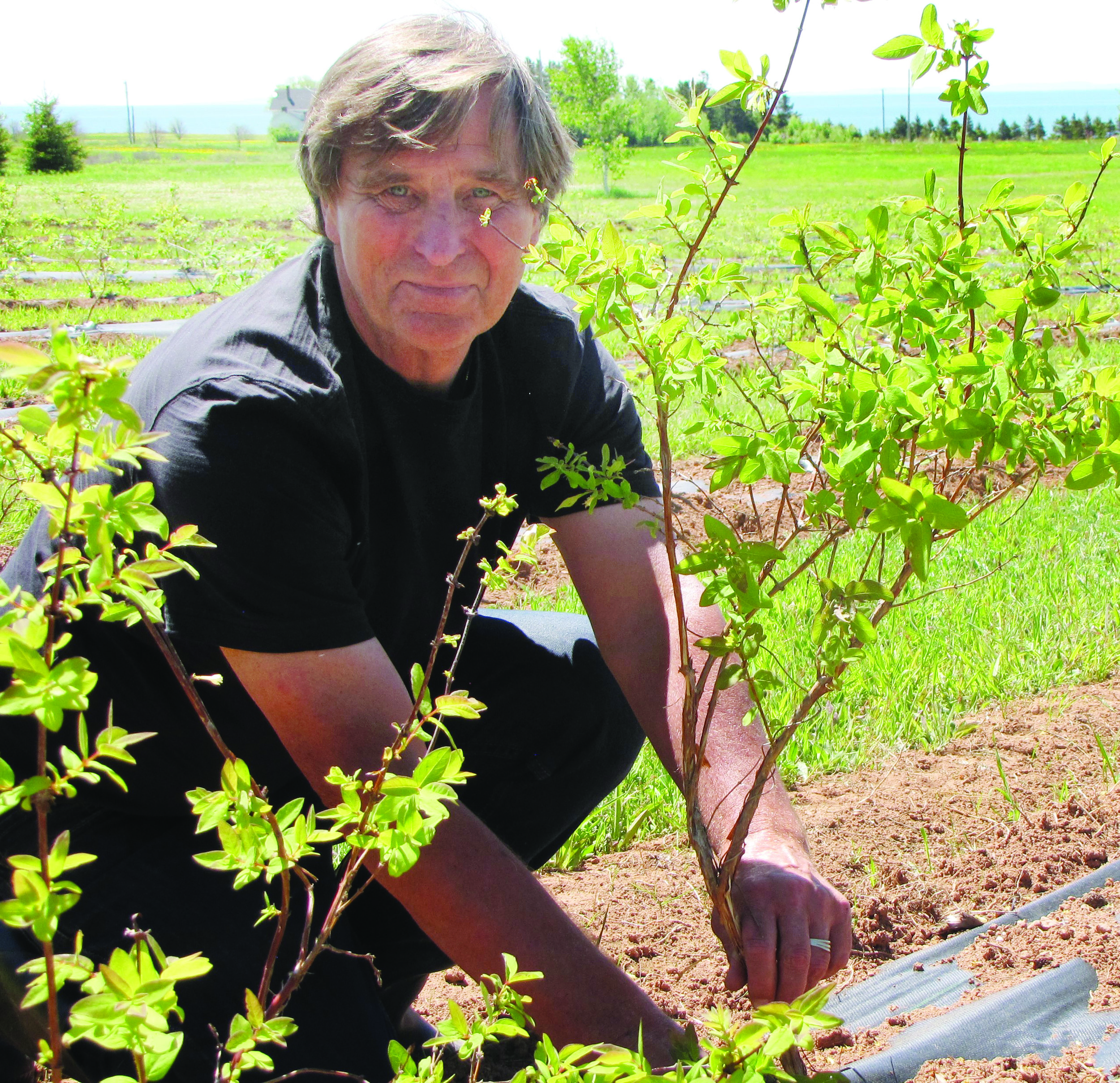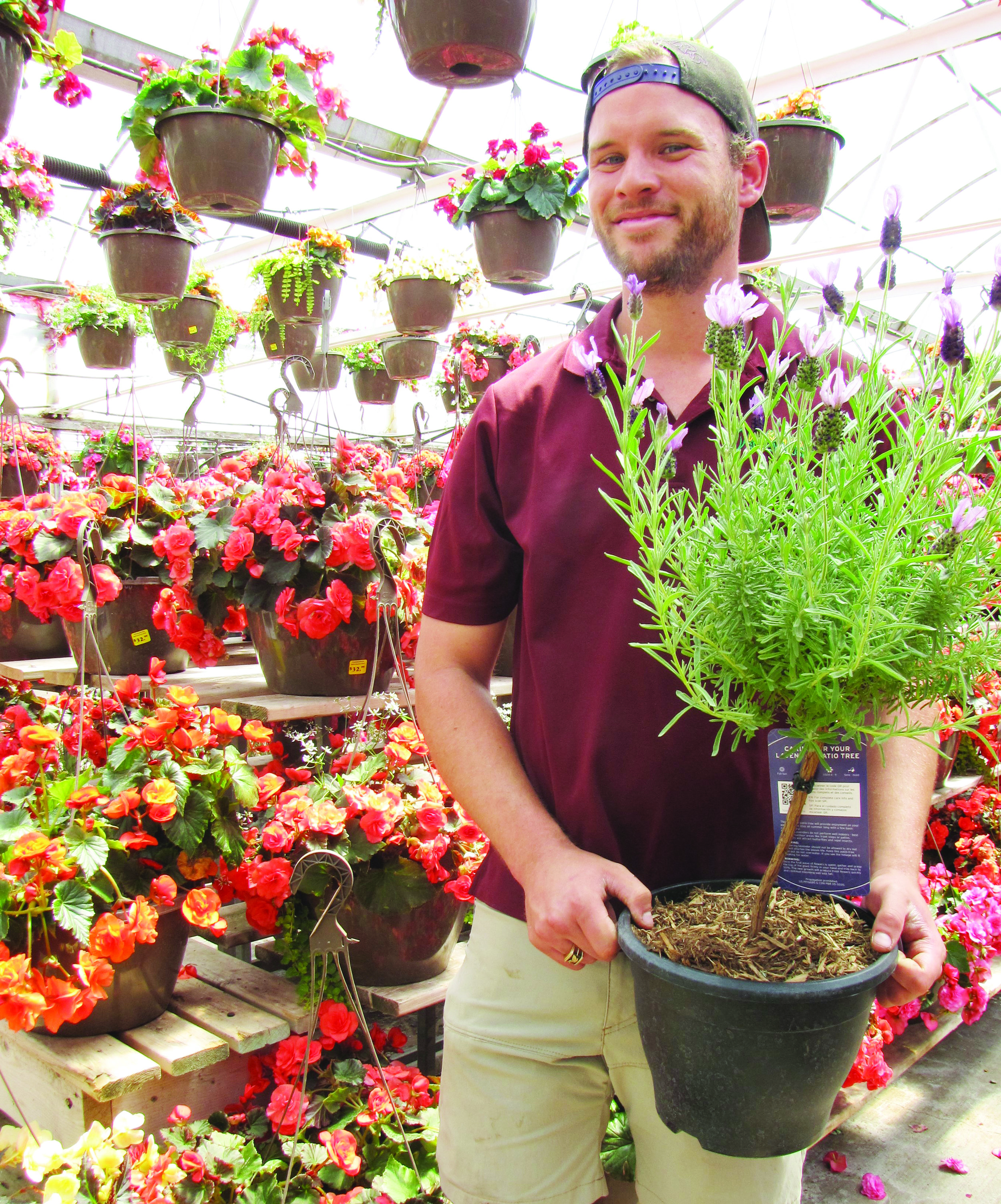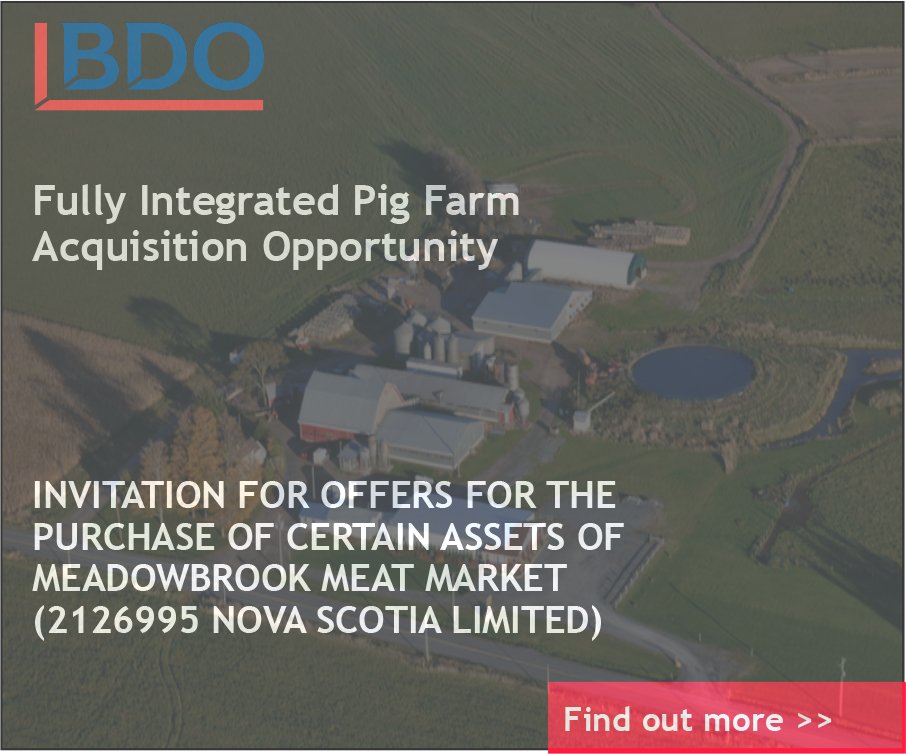Island entrepreneur going big-time into haskap farming
/by Kathy Birt
The Redcliffe Road in Hampton, P.E.I., leads the way to a peaceful field of young haskap shrubs that Mike Cassidy hopes will lead the charge to a sustainable new crop for Island farmers looking for an alternative.
Growing haskap berries was on the top of his list when Cassidy purchased VanKampen’s Greenhouses Ltd. in Charlottetown last December. The landmark greenhouse has stood firm for 60 years on Allen Street in the family name and has been operated by brothers Charlie and Billy VanKampen for the past 35 years. They both wanted to retire, and Cassidy provided them with that opportunity.
Cassidy said the greenhouse will continue its sales of flowers, shrubs, trees, and its signature tomatoes. The haskaps – sold in pint containers – will be a new addition.
“We want to add a different product to the greenhouse,” said Cassidy. “When you can bring in a nutritional berry – a fresh haskap berry – from the field to the greenhouse … I’m taking the field to VanKampen’s. We’ll be ready to harvest second week of July. The berry offers a new flavour and I want customers to enjoy them.”
He said the haskap berries will be harvested using a currant harvester. “The harvester goes right over the plant, while plastic fingers shake the berries off into trays,” he said.
Cassidy is not a new name to the P.E.I. landscape. Falling under the Cassidy Group, his operations include T3 Transit, Coach Atlantic Group, Maritime Bus, and Cassidy Farms.
As for farming, Cassidy said he loves working in the soil and wanted to put his farm property back into production with the emerging crop of haskap berries, which can be eaten as is or as an ingredient in jams, tarts, and pies. Cassidy adds that you can “even make beer” from them.
“It almost melts in your mouth … the texture and taste are phenomenal,” he said of the haskap, which is an elongated berry with a dusty blue skin and a deep purple centre.
Cassidy pointed out the history of the farm property in Hampton. “The original farm is 100 acres,” he said. “It’s an original piece of history with the land laid out from the water to the main road. We own 93 acres free and clear and I wanted to bring our land back into production for the right reasons.”
He said this land, now growing 10,500 haskap plants, has not been farmed for 30 years.
“I didn’t want it to lay dormant,” he said. “I have land and wanted to do something good with that land.”
As far as pests go, Cassidy said birds can decimate a field of haskap berries. His solution to that problem is bird netting. “We have only a few suppliers in Canada, so I’m buying two or three different types of netting to see which is best,” he said. “And we only need it for two to three weeks in July.”
Each piece of netting is 10 by 300 feet. “To drape the netting over the plants, a tractor holds it in place and it takes two to three people to drape (the netting), and we staple it,” said Cassidy.
Getting those plants into the ground in May was hard work. “It was labour intensive doing the soil and getting the plants manually in the ground,” said Cassidy. “Every plant was planted by hand. Our job was to make the soil structure ready. We brought up the pH levels with lime and added two types of compost and peat moss.”
The rows of haskaps were strategically planned. The rows have 10-foot centres and the individual plants are three feet apart.
“We planted 33 rows and they are 1,000 feet long,” said Cassidy, noting the scenic location of the field with the surrounding hedgerow trees and cottages dotting the shoreline.
Growing in that Hampton field are five haskap varieties – Indigo Gem, Czech 17, Tundra, Indigo Treat, and Aurora. Cassidy said the plants will cross pollinate. And two beehives have been brought from the greenhouse to help with pollination. “We’ve brought city bees to the country,” said Cassidy. For now – temporarily – the plants are irrigated from the back of a truck.
The haskap plants on the Cassidy property came from the Phytocultures Ltd. operation in Clyde River, where Don Northcott has been experimenting with haskaps since 2008.
Northcott said the plants that Cassidy purchased were developed by horticulture professor Dr. Robert Bors of the University of Saskatchewan in Saskatoon.
“This is the breeding station for them,” said Northcott. “We get original material and multiply them in our tissues culture lab.”
“It’s a brand-new crop for Mike and he had to develop crop management techniques,” said Northcott. “There are not many chemicals that can be used on this crop. So Mike developed a production management program for his two-year-old plants that will let the crop grow without weeds.”
Cassidy uses landscape fabric for weed control.
He said his long-term goal is to have at least 100 acres in haskaps within the next five years. “We have the business model being developed as we speak today,” he said, adding that it’s a new crop for P.E.I. that he wants to see succeed, eventually with the help of other farmers. “We’ll approach other farmers, but we have to have the evidence that this will work as a crop here on P.E.I.”
Cassidy noted that the plants put in the ground this spring were potted last year, meaning they’ll produce berries this summer and be on the shelves in mid-July. No doubt, many Island farmers and regular greenhouse customers will be curious to see and taste haskap berries – maybe for the first time.















